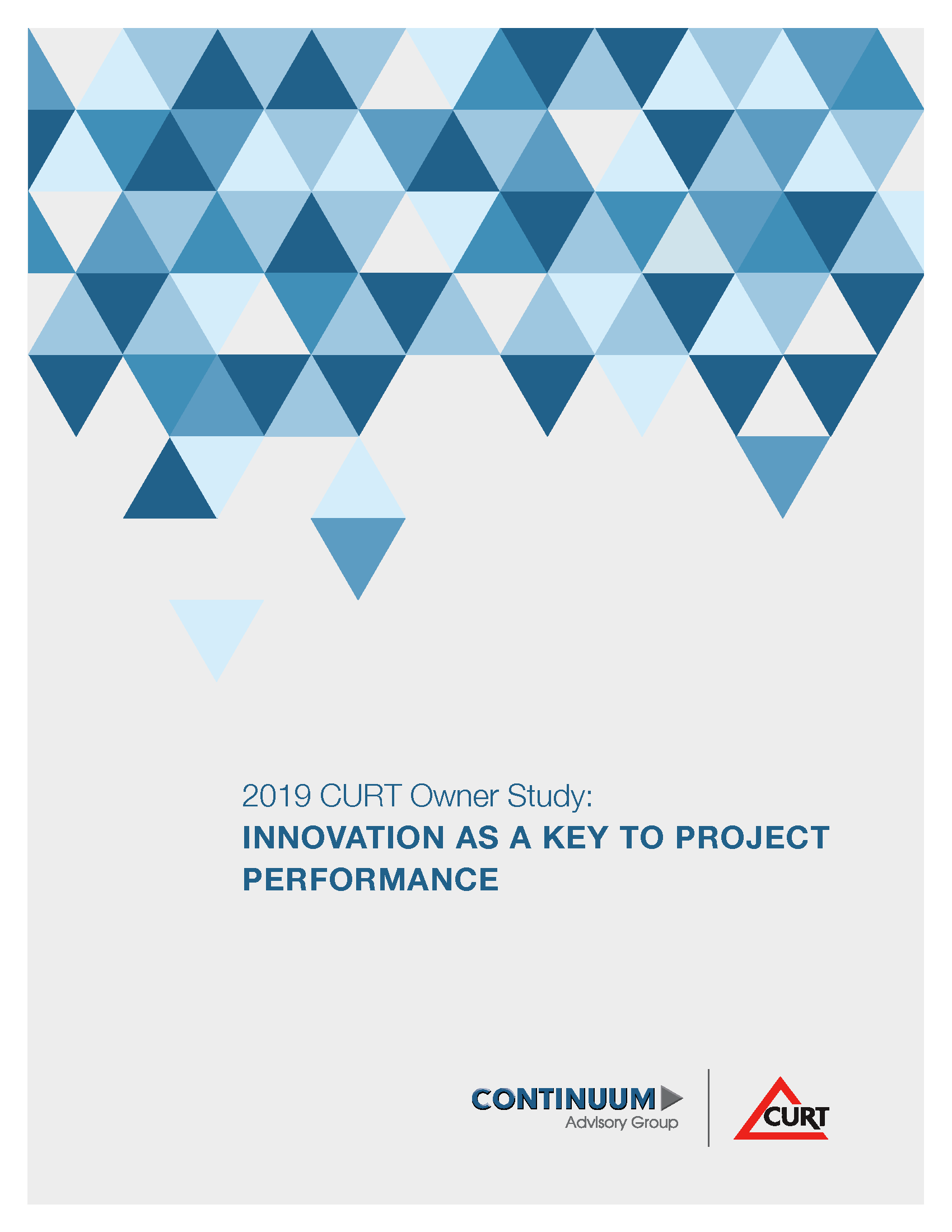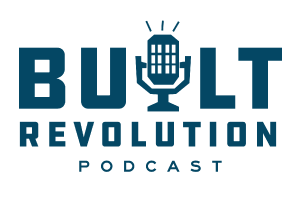Innovation is a term on the brink of overuse. It is used to describe major…
Moving the Monolith: Organizational Agility
Modern-day companies tend towards size or complexity (the two are not mutually exclusive.) Both paths allow for highly specialized functions and a diverse array of abilities.
This comes at the cost, however, of agility. Capital construction asset owners in particular can integrate engineering, sales, contractor management, and other functions under a single umbrella. Each function has its own culture and goals that can be difficult to shift on short notice. When this umbrella has to work with the many other limbs of the giant corporate monolith, that shift grows ever more difficult.
Our 2016 CURT Owner Trends Study defines organizational agility as “the capability of a company to rapidly change or adapt in anticipation of or in response to changes in the market.” We believe that better organizational agility is an overarching solution to many of the problems owners face. So do many of our study respondents.
What Does It Look Like?
As with many company-wide efforts, organizational agility can be a bit amorphous. Two themes, however, are most prevalent in its presentation.
The first is employee empowerment. An agile organization may maintain traditional hierarchies for the sake of chain of command, but ideas flow from all over. Decision-making is pushed to the lowest level possible. One of our owners said that “it’s all about simplification,” and we agree: if someone has a good idea or something to contribute, they are heard. There’s no forest of red tape to trudge through.
The second is a culture of normalized change. Employees are often resistant to change, regardless of their place in the hierarchy. Change can bring about feelings of fear and hesitation. Leaders must position it as an empowering and commonplace occurrence, rather than something sporadic and earth-shattering.
What Organizations Are Doing
61% of study respondents rated themselves as “somewhat agile,” and we asked those people how they did it.
One of the biggest practical methods for agility is process streamlining. One owner cited shorter engineering time as a key driver. The necessary changes that result – often all the way until the end of construction – have made agility a requirement, not an option.
Organizational agility is organic, not a forced “corporate initiative” type of thing. However, it must be modeled first by those at the top. Several owners said that while they provide change management training to their employees, they don’t actually use it. Tools alone are not enough; those in charge must be the change – no pun intended – that they wish to see. This lead-by-example method is much more effective for the organic nature of agility, rather than a strict, by-the numbers approach.
To read more about organizational agility, you can check out the full study here.


